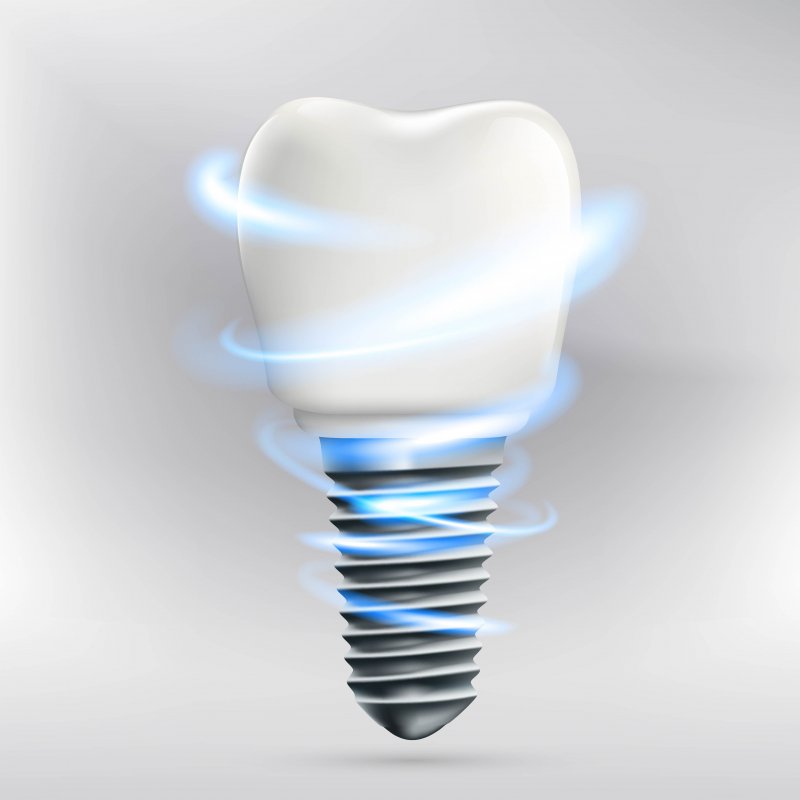
It may be exciting to feel your baby teeth loosen, but the same isn’t true for dental implants. After all, the latter means you’re at risk of losing the smile you invested time, money, and energy to create. Assuming you don’t want that to happen, a loose dental implant is a problem you ought to fix soon.
Knowing you have a problem, however, doesn’t always mean you know what to do about it. Therefore, to help those with a loose dental implant of their own, listed below are possible causes and treatments for the condition. Read up on them, and learn what to expect from your dentist when discussing your next steps.
What Causes Dental Implants to Loosen?
Timing is an important factor in determining the reason for a dental implant loosening. Depending on when it began, certain causes are more or less likely, letting dentists draft proper treatment plans more quickly.
Most dental implant looseness occurs within the first few weeks of the implant’s placement, often because the implant failed to properly bond with the jawbone. (A process called osseointegration). Loosening that occurs shortly after placement, though, can also be caused by overloading or teeth grinding, in which implants are disturbed by excess pressure that affects its connection to the jaw.
On a rarer occasion, dental implants sometimes loosen months or even years after placement. In such cases, one culprit is peri-implantitis, an infection similar to gum disease that can undermine the bone supporting the implant. Another possible cause is the patient’s dental prosthetic becoming unstable due to loose screws, bad cement and the like.
Responding to a Loosened Dental Implant
Whether your implant loosened soon after placement or long ago, it’s important that you see your local dental practitioner. Depending on how quickly you do so, you may be able to save the implant and require only minor adjustments.
During the appointment, your specialist will look for signs of infection and inflammation in addition to implant loosening or damage. They’ll take medical images to discern what’s going on beneath the gum line and will ask about any symptoms you’ve experienced lately. In doing so, they can determine if the movement in your implant is due to a loose abutment or prosthetic, or if it stems from the implant itself.
If the problem truly is the implant, early treatment could save it, especially in the case of infection . However, if the implant is loose from an infection, bone loss, or other serious factors, it’ll likely have to be removed. Fortunately, even if removal takes place, another implant could substitute after the area has healed.
If you’re suffering from a loose dental implant, don’t wait around for the issue to resolve itself. Know what you’re dealing with, see your local dentist, and preserve your precious smile!
About the Author
Dr. John Thompson is a longtime dentist based in Corpus Christi, TX, having earned his Doctorate of Dental Surgery from the Baylor College of Dentistry in 1985. He prides himself on continuing to stay abreast of the latest dental advancements —including the use of dental implants — and maintains membership in both the Academy of General Dentistry and the Texas Dental Association. He currently practices at his self-named clinic and can be reached at his website or by phone at (361)-242-3151.


